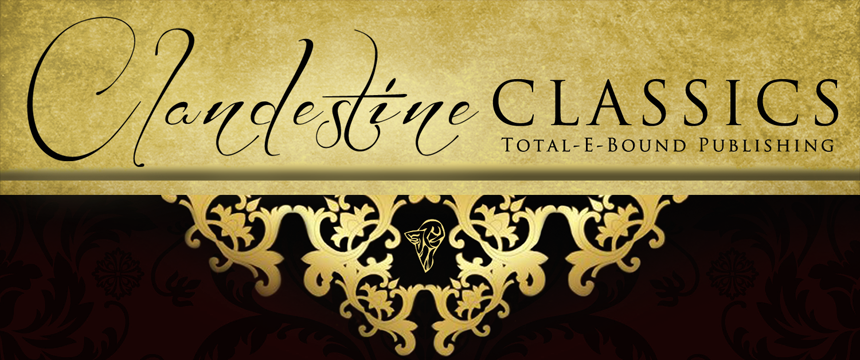Something it’s easy for us to overlook is that it wasn’t safe
to drink the water. Not until modern times could we pour a glass of water and
drink it. Water had to be boiled or otherwise treated before people could be
sure it was safe. And boiled water tastes awful. Truly nasty. Unless it’s
turned into something tasty like tea, coffee or chocolate.
Before the advent of a comforting hot drink, everybody drank
a form of alcohol, because the process rendered the water safe. Not because
everybody was a lush! Even children drank small beer with their meals, because
there wasn’t much else for them.
But the growing popularity of tea and coffee led to the
institutions that spawned a thousand romance novels. The coffee houses
clustered around the City of London, although most provincial towns of a
reasonable size had them, too. But as Johnson often claimed, there was nowhere
quite like London.
Covent Garden had coffee houses in the day time, and at
night, when they were closed, the whorehouses plied their trade, together with
the theaters. Close by was the magistrate’s court and prison in Bow Street. It’s
not until you visit London and walk those streets do you realise how snug they
actually were. The first accredited coffee house in London, Tom’s, was recently
demolished to make way for an extension for Covent Garden Opera House, which is
now a gargantuan enterprise. Vandalism, if you ask me.
However, there are still some sites left, if you know where
to look for them. A cluster existed in the City, like Lloyds Coffee House,
which became the Stock Exchange, where men met to exchange information and
business deals. Every man carried a small book with him at all times, and he
recorded all the deals in the book, transcribing them and giving them to his
legal people later. But a man’s word was his bond, and thousands (millions in
today’s money) could be exchanged in a handshake. That was why it was so
important to be able to trust the person you were doing business with. So if
the man did something doubtful, like marrying an unsuitable partner, it
affected his credibility. And unlike France, where the nobility were forbidden
to engage in commerce, many an aristocrat had substantial investments in City
institutions. Even more in the merchant ships that left the Pool of London
every day.
Slowly the coffee houses became places where the people gathered
there specialised in one thing or another. Lloyds became an insurance house. The
Cocoa-Tree was a political one, particularly for Whigs, the aristocratic party,
more sympathetic to the French and to international concerns. The county, the
Tory party, didn’t trust tea or coffee for a long time, claiming that small
beer and ale was good enough for an Englishman, but eventually they came around,
too.
Note that I keep saying “men,” for the coffeehouse was a
male preserve. The pictures show exclusively men, with women serving them the
drinks and taking the money at a desk at the end of the house. They had no part
in the social interaction.
However women had their own equivalent – the tea-drinking in
the afternoon. As the interval between breakfast and dinner lengthened, it
became necessary for another ritual, and that became tea. The ladies held
salons of various kinds, but these were always necessarily more exclusive, being
held in their homes.
Since the literary salons were fascinating places, I’ll
probably come back to them in a different entry.
However, as the eighteenth century progressed, the coffeehouse
became something more exclusive, to which membership was required—the gentleman’s
club. The eighteenth century gentleman was extremely clubbable, and a
fashionable man might belong to several, but frequent one. White’s is the best
known one these days, but there were many more, and they continue to be. I’m a
member of a London club, since the institution has long been used by women as
well.
However, the hustle and busyness of the London coffeehouse
was the first point at which I fell in love with the eighteenth century. And I’ve
never fallen out of love with it.
 |


No comments:
Post a Comment